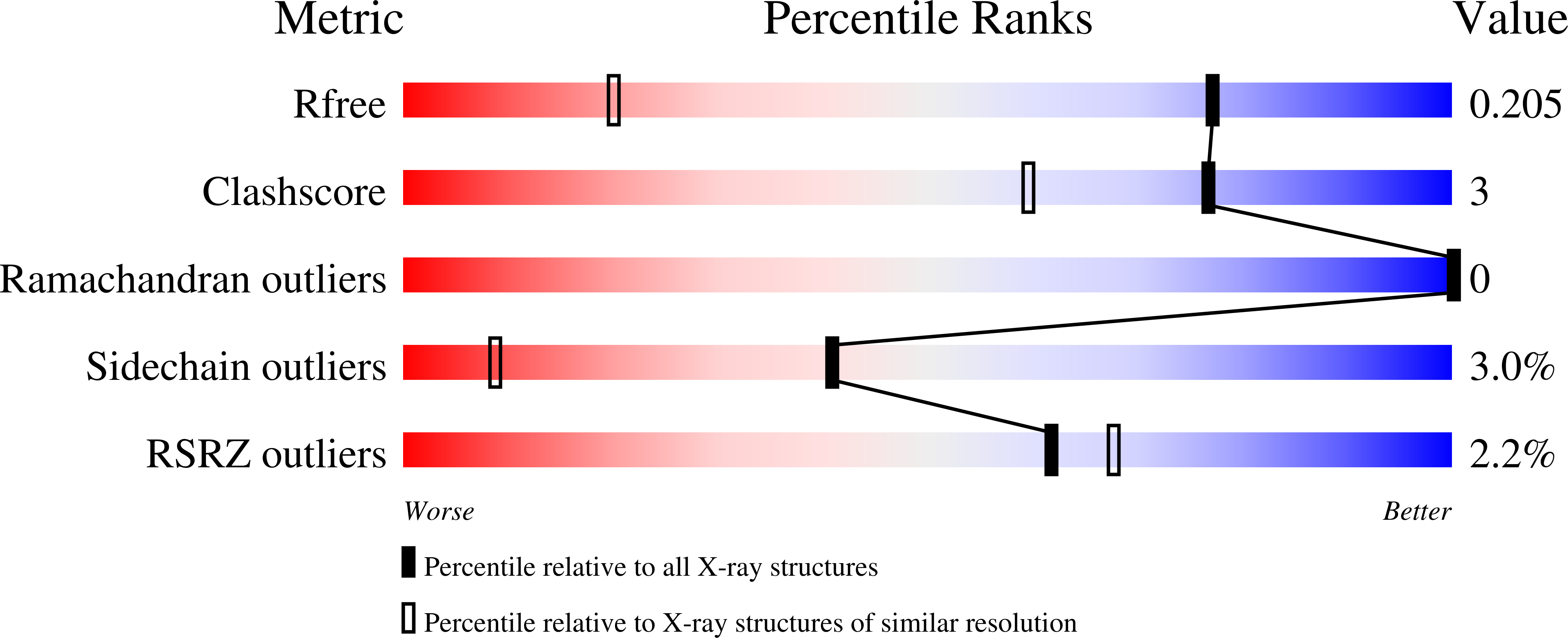
Deposition Date
2006-02-17
Release Date
2006-04-18
Last Version Date
2023-08-30
Entry Detail
PDB ID:
2G3D
Keywords:
Title:
Structure of S65G Y66A GFP variant after spontaneous peptide hydrolysis
Biological Source:
Source Organism:
Aequorea victoria (Taxon ID: 6100)
Host Organism:
Method Details:
Experimental Method:
Resolution:
1.35 Å
R-Value Free:
0.21
R-Value Work:
0.14
Space Group:
P 21 21 21


